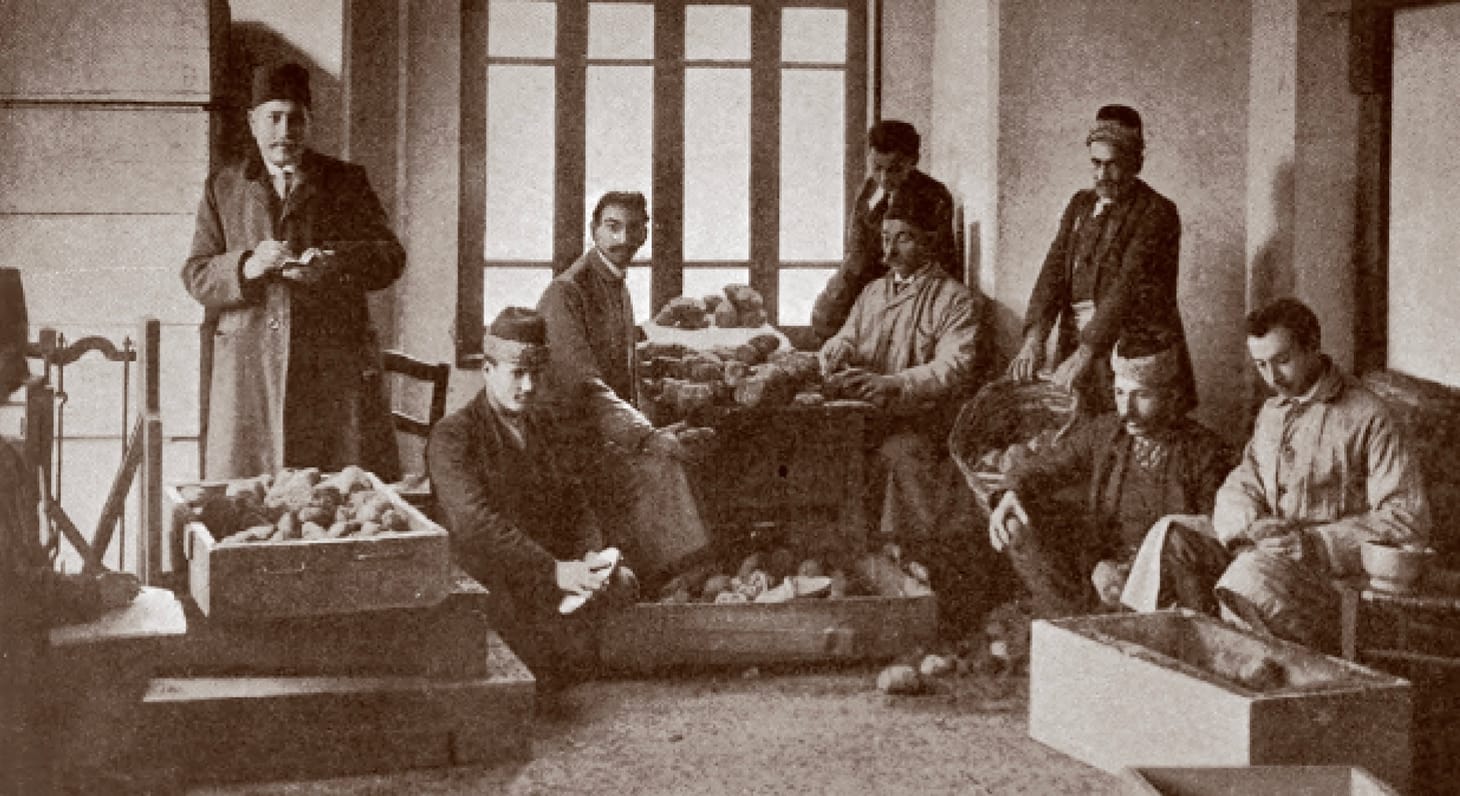“Freedom of Trade in Opium”: Teaching Opium Production and Trade in the Late Nineteenth Century
Discussion of late nineteenth-century opium economy in Anatolia, Persia, and Southeast Asia

Almost every world history textbook discussion of opium seems to include a painting or illustration of opium users. The people are typically of Asian heritage, and they are reclining while holding opium pipes. I’ve been thinking about these images a lot while researching these opium posts. My uncle works with people struggling with drug and alcohol addiction, and he often complains about the photographs and videos that accompany stories about addiction today. The Society for the Study of Addiction warns about using images of people using drugs:
Those of us involved in the academic and clinical study of substance use should be especially aware and exceedingly mindful of the cultural and social implications of photo illustrations, including their potential to send messages that stigmatise or marginalise, their potential to perpetuate negative stereotypes…
That phrase “perpetuate negative stereotypes” seems to be exactly the goal of this wealth of mostly European-produced images of mostly Asian smokers of opium. These images foster a mental picture among our students of weak Asians addicted to opium. In my previous posts, I’ve intentionally avoided using images of opium users and have focused more on opium producers and traders.
After briefly mentioning the Second Opium War (just let that phrase sink in for a moment; the British fought two wars to sell opium in China!), textbooks rarely mention the role of opium in New Imperialism or the global economy. The reality is that opium was critical to understanding late nineteenth-century global trade and European imperialism in Southeast Asia. The economic importance of opium also contributed to the Ottoman and Persian Qajar Empires becoming more involved in the opium trade.
Beyond Indian Opium: Persian and Ottoman Involvement in the Nineteenth Century Opium Economy
This content is for Paid Members
Unlock full access to Liberating Narratives and see the entire library of members-only content.
SubscribeAlready have an account? Log in



